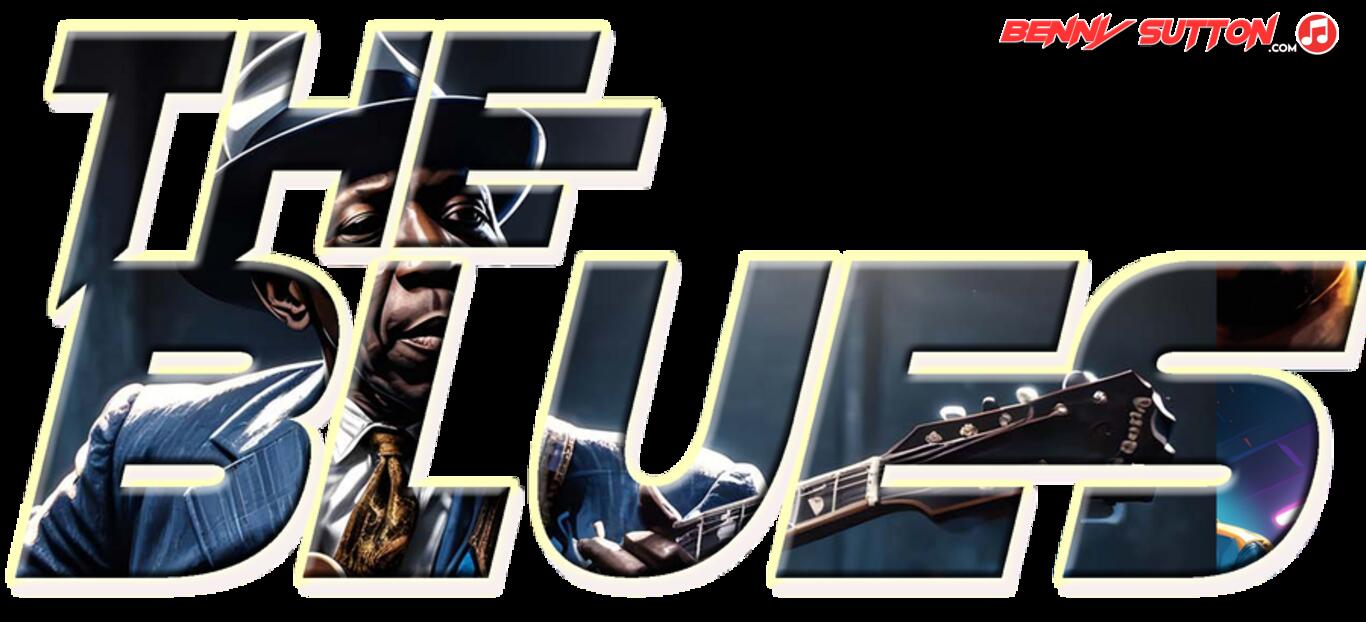Chord scheme built on I–IV–V over 12 bars; foundational for blues, rock, and jazz.
The 12-Bar Blues: Structure, Evolution, and Application
Few musical forms have had as lasting an influence as the 12-bar blues. Emerging in the early twentieth century from African-American work songs and spirituals, the form became the backbone of early jazz, rhythm & blues, and rock ’n’ roll. Its strength lies in its simplicity: three chords, twelve measures, and infinite possibilities for phrasing, harmony, and emotion.
Historical outline
The earliest documented blues recordings appeared around 1910–1920, with artists such as W.C. Handy codifying the harmonic shape that became standard. The rural Delta blues of Robert Johnson and Son House relied on open tunings, bottleneck slides, and vocal call-and-response phrasing. As the music moved north to Chicago, amplification transformed its sound—Muddy Waters, Howlin’ Wolf, and Little Walter brought electric guitars, harmonicas, and driving shuffles to urban dance floors.
By the 1960s, the blues had crossed the Atlantic. British guitarists such as Eric Clapton, Peter Green, and Jimmy Page adopted Chicago’s intensity but added extended solos and rock volume. In the U.S., Stevie Ray Vaughan fused Texas swing with Jimi Hendrix-inspired tone, while jazz players such as Wes Montgomery and Joe Pass reharmonized the form for sophisticated improvisation. Today, the 12-bar blues remains essential study material for anyone exploring improvisation or songwriting.
Core harmonic form
The archetypal 12-bar blues is built from the I, IV, and V chords of a key, usually in 4/4 time. In E major, one cycle (12 measures) typically looks like this:
| Bar | 1 | 2 | 3 | 4 |
|---|---|---|---|---|
| Chord | E7 (I) | A7 (IV) | E7 (I) | B7 (V) |
| Bar | 5 | 6 | 7 | 8 |
| Chord | A7 (IV) | A7 (IV) | E7 (I) | E7 (I) |
| Bar | 9 | 10 | 11 | 12 |
| Chord | B7 (V) | A7 (IV) | E7 (I) | B7 (V) |
The Roman numerals—1-4-1-5-4—summarize the harmonic motion. Each number represents the scale degree of the chord root relative to the key center. Variants such as the “quick change” (moving to IV in bar 2) or “turnaround” substitutions (V–IV–I–V) add motion and tension.
Other common keys
Guitarists frequently transpose this scheme to match vocal range or tonal color. Below are typical I–IV–V chords for several keys:
| Key | I | IV | V |
|---|---|---|---|
| E | E7 | A7 | B7 |
| A | A7 | D7 | E7 |
| G | G7 | C7 | D7 |
| C | C7 | F7 | G7 |
| D | D7 | G7 | A7 |
The move between E, A, and D keeps open strings resonant on the guitar, while keyboard players often prefer F or Bb for ergonomic fingering.
Major and minor flavors
The major blues uses dominant-seventh chords (E7–A7–B7), producing a bright but gritty color. A minor blues substitutes minor-sevenths (Em7–Am7–Bm7) or minor triads, yielding a darker, modal feel reminiscent of B.B. King’s “The Thrill Is Gone.” Some jazz players hybridize the two, mixing major harmony with the minor-pentatonic scale to exploit expressive clashes—flat thirds and sevenths that define the blues sound.
Improvisation
Improvisers often begin with the minor pentatonic scale:
E minor pentatonic – E, G, A, B, D
and later add the “blue note” (Bb) to form the blues scale.
A more advanced approach superimposes mixolydian or Dorian modes over each chord, treating every dominant-seventh as its own center. This leads to smoother voice-leading and melodic variety.
The art of soloing over a 12-bar blues is balancing repetition with surprise. Listen to Albert King’s vocal phrasing translated to guitar bends, or Clapton’s use of call-and-response within a single chorus. The rhythmic placement of motifs—the “swing” or shuffle feel—is as critical as note choice.
Creative advice
Mastering the 12-bar pattern should not lead to imitation. Avoid clichés such as predictable pentatonic runs ending on the root every chorus. Instead, explore dynamics, phrasing space, and interaction with the rhythm section. Re-harmonize turnarounds, introduce secondary dominants, or experiment with double-stops and slides that hint at jazz voicings. The form’s durability comes from reinterpretation; it rewards those who know its rules well enough to bend them.
The 12-bar blues is more than an old chord progression—it’s a framework for storytelling through tone, touch, and timing. Whether played by Muddy Waters in a smoky Chicago club or by a modern guitarist shaping digital loops, its twelve measures still offer a complete musical universe.
